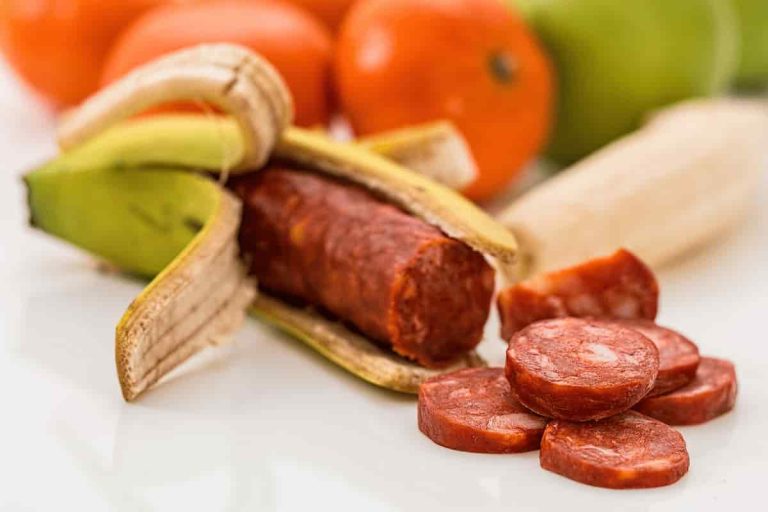The study challenges the assumption that ultra-processed foods are ‘hyperpalatable’ — they are not.
Surprisingly, ultra-processed foods taste no better than unprocessed or minimally processed foods.
Instead, it is the ratio of carbohydrate-to-fat that is the key determinate of how pleasant a food tastes, a study suggests.
The researchers wanted to know if level of processing, carbohydrate-to-fat ratio, and higher energy density (calories) have any influence on the desirability and liking of a food.
Taste perceptions
The team compared the taste perception of highly processed foods with less processed foods among 224 women and men.
Images of 32 familiar foods were shown to participants and they were asked to rate the foods for sweetness, flavour intensity, saltiness, desire to eat, and pleasantness.
They found that neither level of processing nor high calorie foods scored higher on desire to eat (food reward) and liking (pleasantness).
However, foods that combined more equal amounts (in calories) of carbohydrate and fat, and foods tasting more intense were rated higher on both liking and desire to eat.
These findings back up the theory that humans are naturally designed to like foods with more equal amounts of fat and carbohydrate since fat is the highest source of energy and carbohydrate is the largest portion of our diets.
The results also show that less desirable foods were high in fibre, but foods with more intense taste — mainly due to their sweetness, saltiness, or savouriness (umami) — were rated high for pleasantness and desire to eat.
Professor Peter Rogers, the study’s first author, said:
“Our results challenge the assumption that ultra-processed foods are ‘hyperpalatable,’ and it seems odd that this has not been directly tested before.
However, while ultra-processing didn’t reliably predict liking (palatability) in our study, food carbohydrate-to-fat ratio, food fiber content, and taste intensity did—actually, together, these three characteristics accounted for more than half of the variability in liking across the foods we tested.
The results for sweetness and saltiness, are consistent with our innate liking for sweetness and saltiness.
And the results for carbohydrate-to-fat ratio and fiber might be related to another important characteristic that determines food liking.
Our suggestion is that humans are programmed to learn to like foods with more equal amounts of carbohydrate and fat, and lower amounts of fiber, because those foods are less filling per calorie.
In other words, we value calories over fullness.
In turn, this trait helps us to maximize calorie intake and build up fat reserves when food is abundant—which is adaptive in circumstances when food supplies are uncertain or fluctuate seasonally, but not when food is continuously available in excess of our immediate needs.”
- Karlston, Adenman and Mutton
-

 3
3




Recommended Comments
There are no comments to display.
Join the conversation
You can post now and register later. If you have an account, sign in now to post with your account.
Note: Your post will require moderator approval before it will be visible.